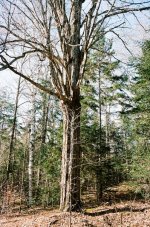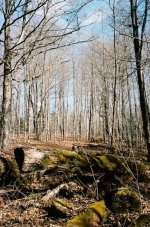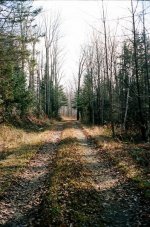Denton
Established
Either way, why not use reflectors to balance out the shadows and highlights?
I've used fill flash off-camera wirelessly (a breeze with the 5D & speedlights) to do the same but it's nice working much more quickly with reflectors and a trusty assistant.
Seems this approach plus Portra films would help your situation.
Reflectors and scrims are my first choice and normal working tools. I'm concerned, however, primarily with an "altar" shot where I can't run up with a reflector. I've since learned from this thread that my linear understanding of flash needs a "higher order" of mathematics, i.e., non linear additive effects.
At one time I might not mind using a blast of flash after moving within speedlight range during the most critical point of the ceremony. These days, however, I'm less eager to disrupt the ceremony in this fashion and my approach is becoming less intrusive, therefore my consideration of film. Admittedly, a brief burst of flash on a bright day is not very noticeable. But I'd have to use focused zoom flash at close range to compete with the 2-3 three stop loss of the shadow side.
denton
Last edited:




